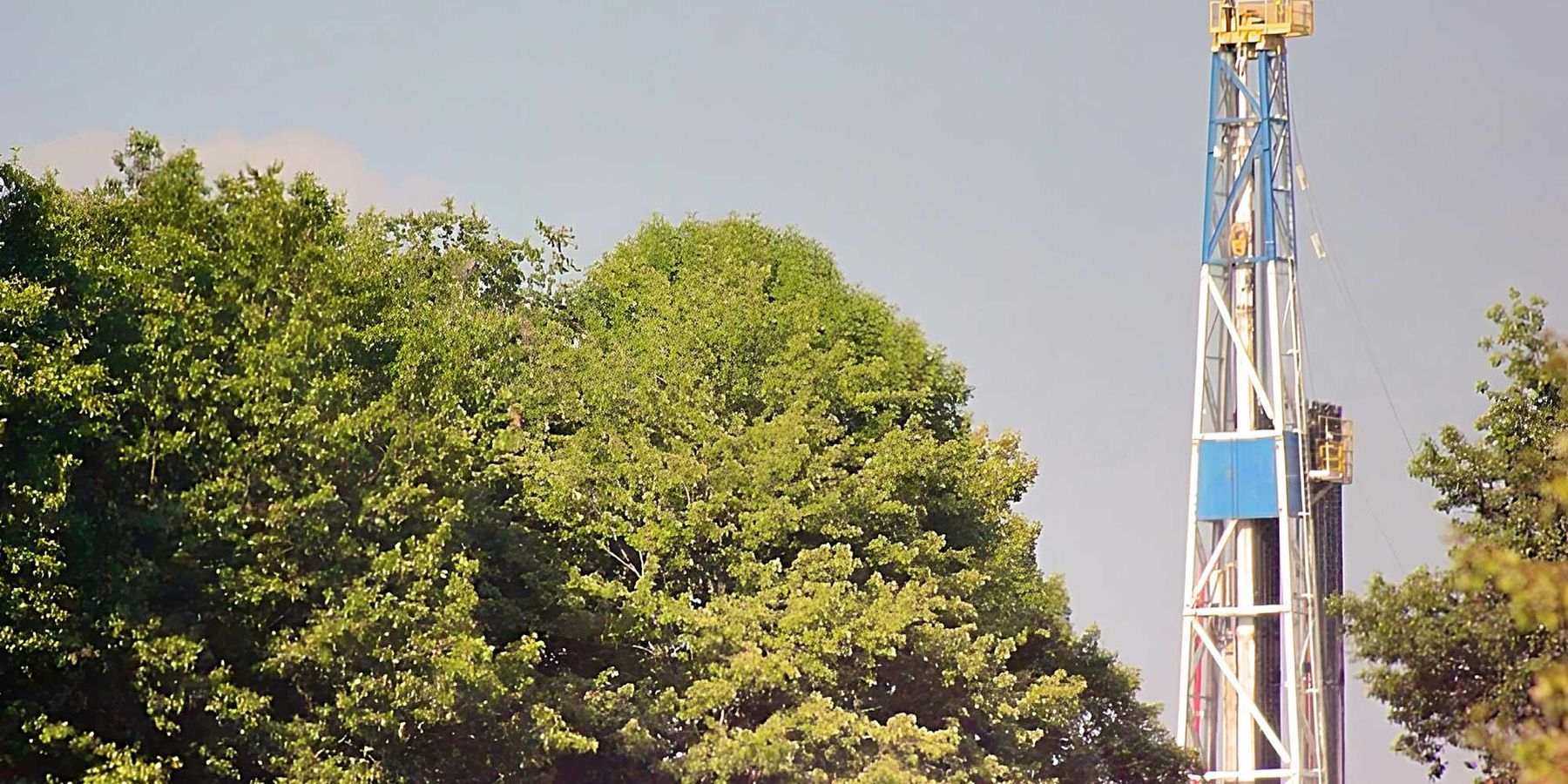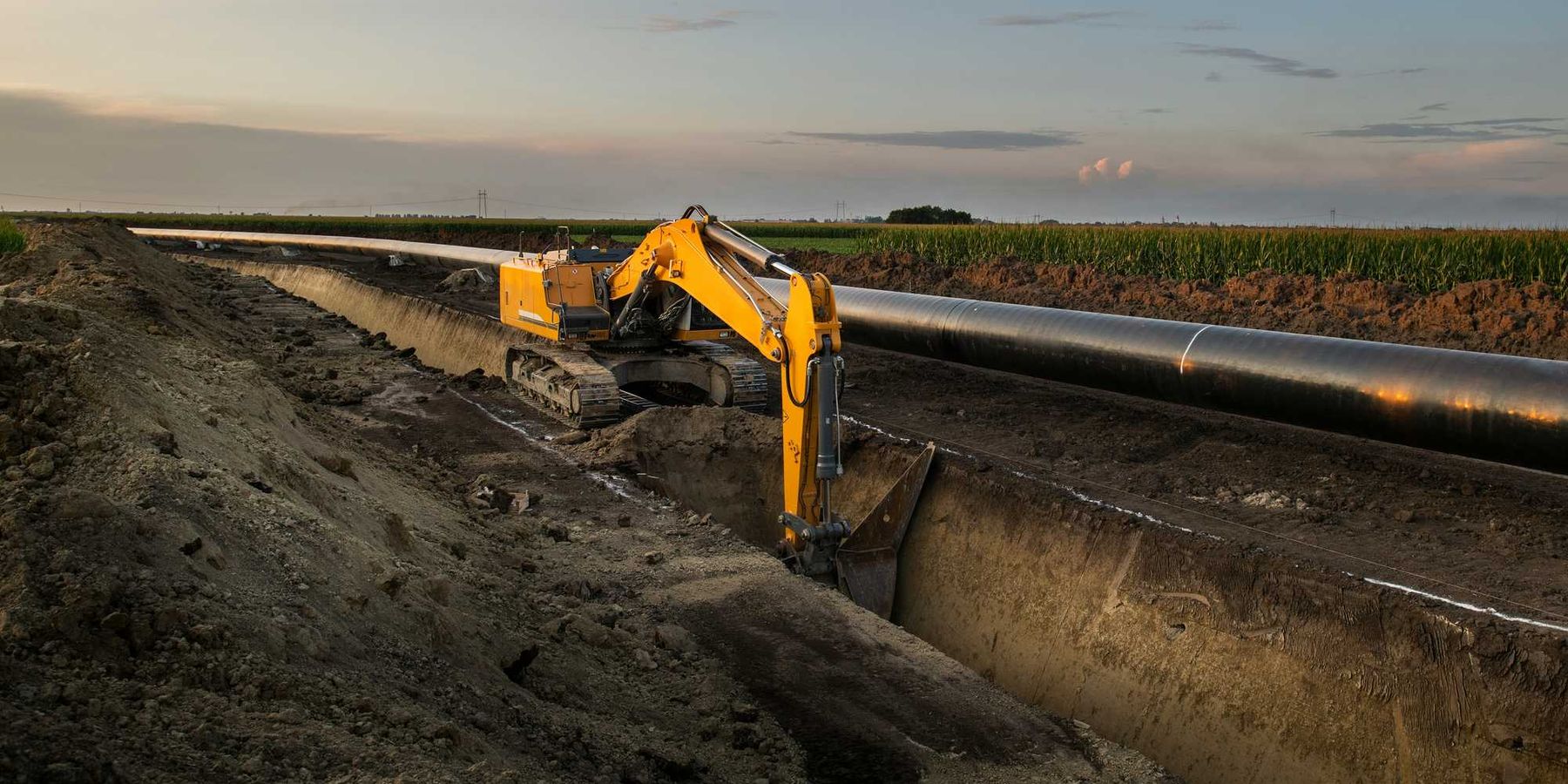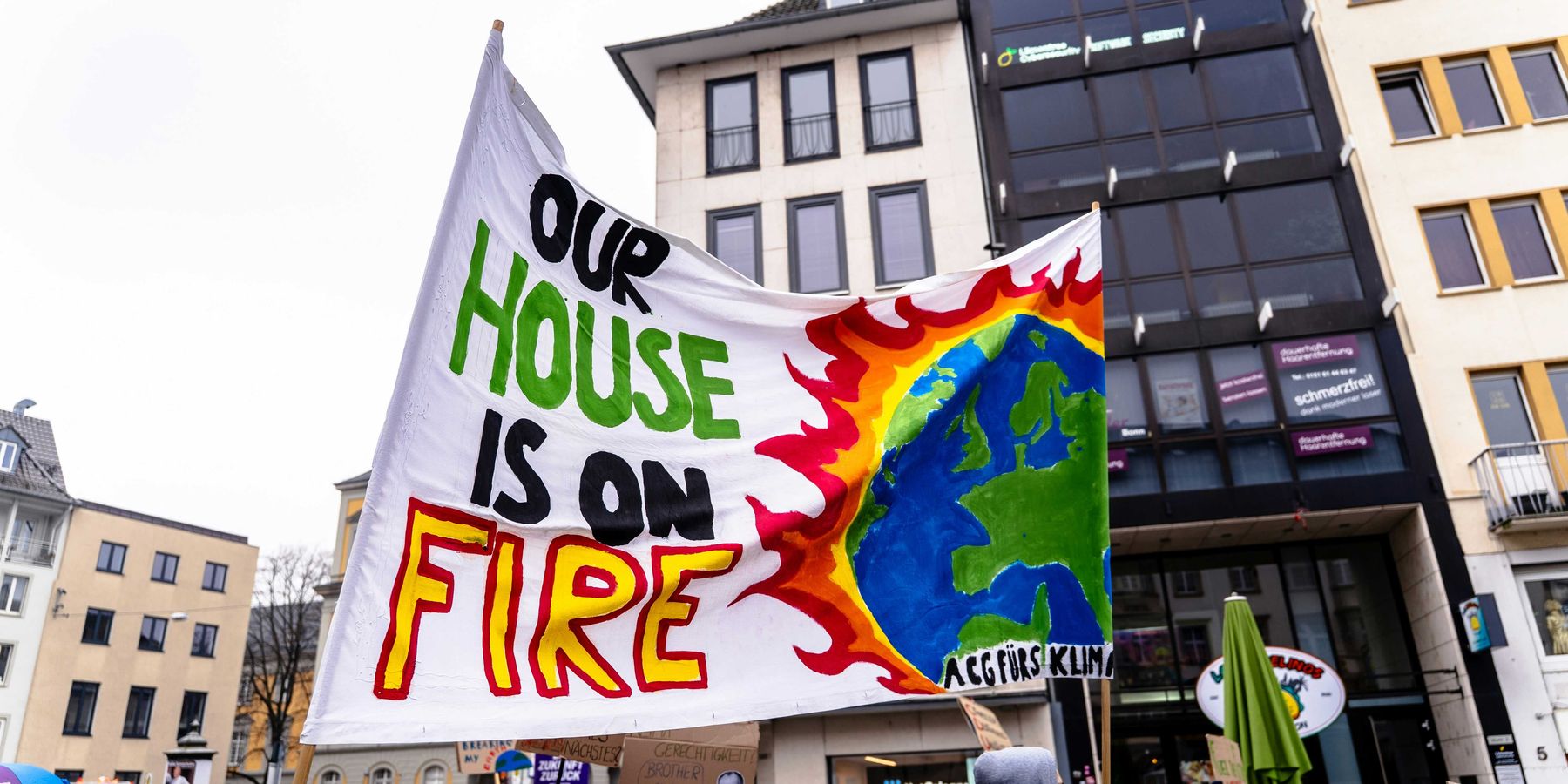California's termite fight adds to greenhouse woes
California's extensive use of sulfuryl fluoride for termite fumigation not only poses health risks but also significantly contributes to the state's greenhouse gas emissions.
Phil McKenna and Liza Gross report for Inside Climate News.
In short:
- The pesticide sulfuryl fluoride, used in California for termite control, is a potent greenhouse gas.
- Despite its climate impact, the state has resisted including these emissions in its greenhouse gas inventory.
- Health risks include severe respiratory, neurological issues, and even death upon exposure to sulfuryl fluoride.
Key quote:
"This is a greenhouse gas that is not being treated as a greenhouse gas and has sort of slipped under the radar."
— Dylan Gaeta, environmental health and engineering researcher at Johns Hopkins University
Why this matters:
Despite its efficacy in exterminating termites, the environmental cost of using sulfuryl fluoride is significant. It has a high global warming potential, meaning it is capable of trapping a large amount of heat in the Earth's atmosphere over a specific period, much more so than carbon dioxide over the same time frame. Its long atmospheric lifetime further compounds the issue, allowing it to remain in the atmosphere for decades and continue to exert its warming effect.
Cities and counties are increasingly banning toxic pesticides—and some are taking aim at fertilizers. But industry attempts to buck local efforts remain a significant hurdle.













